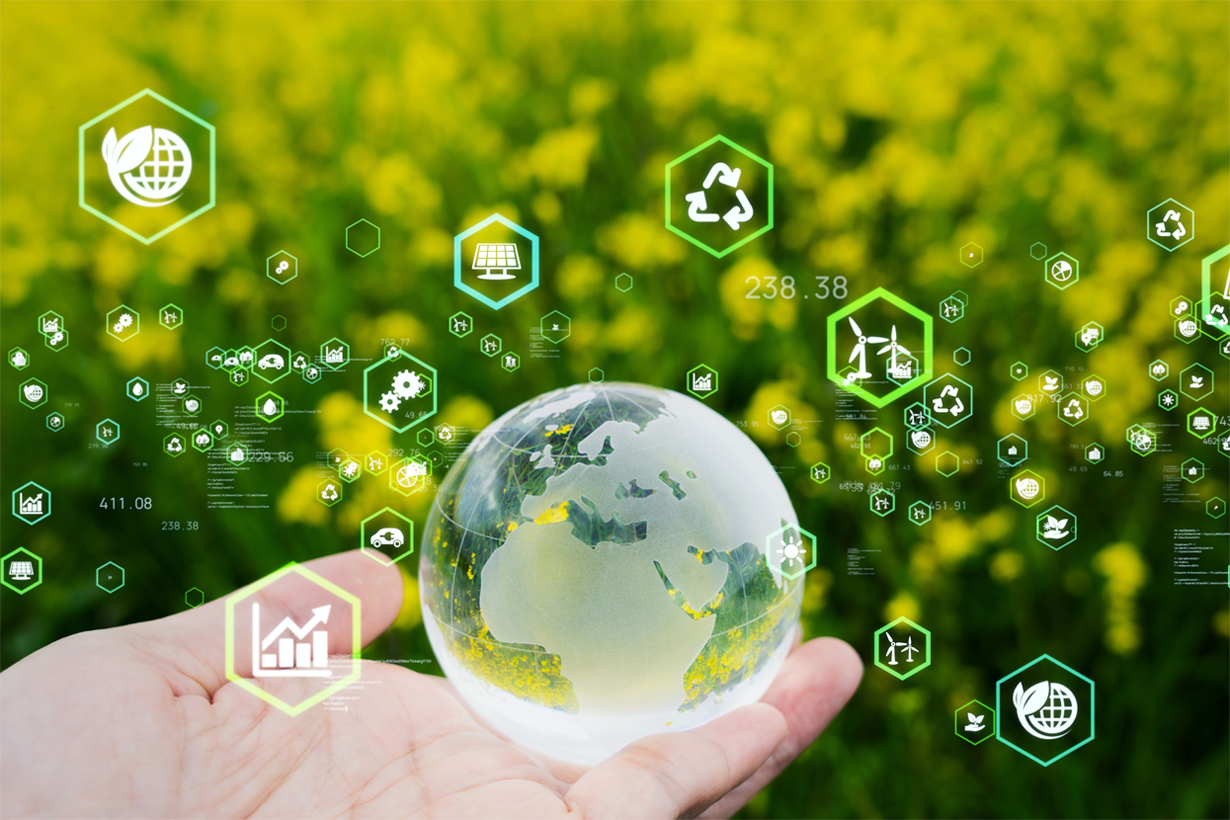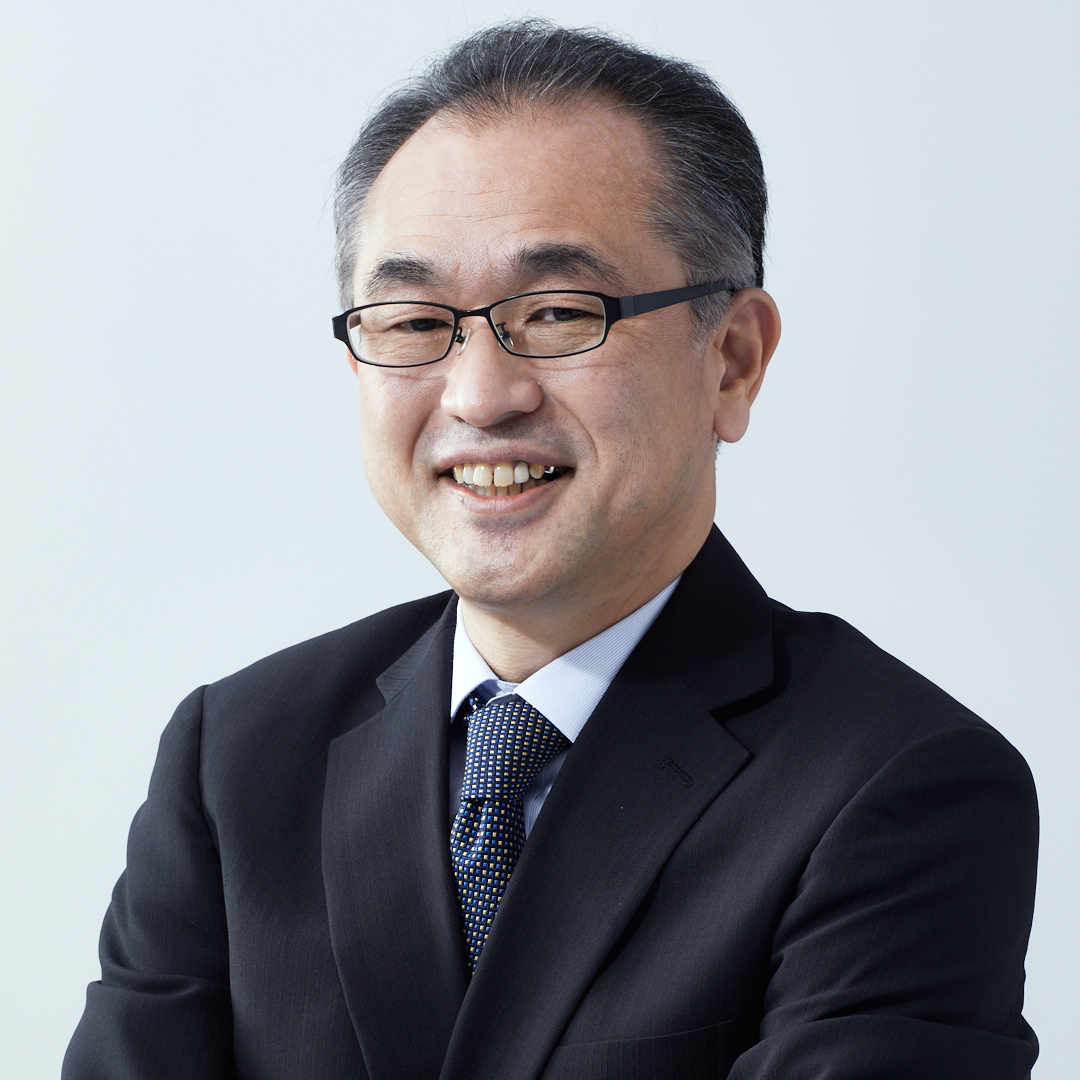CLOSE
About Elements
TANAKA is a leading company in the field of precious metals.
Advanced materials and solutions that support societal progress, the development stories behind them, the voices of engineers, and our management philosophy and vision—
Elements is an online media platform that shares insights that lead to a better society and a more prosperous future for the planet under the slogan “Mastering Precious Metals.”

[Interview] Energy-saving and Decarbonization Strategy—Takeshi Furusawa, Corporate Officer, TANAKA Kikinzoku Kogyo K.K.

-
As the leading company in the field of precious metals, TANAKA Kikinzoku Kogyo is a leader in Japan regarding the volumes of precious metals handled. Particularly in the field of industrial precious metals, we have strengths in catalysts—such as those using platinum—that contribute toward decarbonization and the creation of a hydrogen-powered society. To promote energy saving and decarbonization, in 2022, we formed a project team directly controlled by the CEO, and we are currently implementing Operation Polaris across the company. Together with energy saving and solar power generation and other forms of energy creation as well as other efforts such as the introduction of hydrogen fuel cells, we are undertaking active and bold activities in energy saving and decarbonization while making use of the recycling business we have developed over many years.
-

Takeshi Furusawa
Corporate Officer and General Manager, Production Management Department
Operation Polaris Centered on Energy Saving and Creation; Also Contributing to Carbon Neutrality with the Recycling of Precious Metals
■ Centered on Energy Saving and Creation
Q: Please give us an overview of the energy-saving and decarbonization strategy.
Furusawa: With Japan’s declaring to be carbon neutral by 2050, we thought about what we should do, embarking on workshops centered on officers and launching a project called Operation Polaris in 2022. Polaris, also known as the North Star, has served as a guide for navigation and direction since old, and we named the project after Polaris as it aligns with the long-term goal of carbon neutrality. We called it an operation as it is also a grand plan for the long term. As a company-wide project directly controlled by the CEO, it is currently carrying out various activities.
For the reduction of greenhouse gas emissions, as an interim target, we aim to reduce at least 50% of our emissions by 2030, compared to levels in 2013. In 2023, we achieved a reduction of 23%. We have locations such as plants, research offices, sales offices, stores, and offices. Among them, plants consume an overwhelming amount of energy. We see energy saving and creation as the two broad measures. We are working to save energy at our plants, including saving energy from air conditioning and lighting as well as the installation of electricity monitoring devices for each system and actively introducing sensors that detect compressor air leaks. Meanwhile, for energy creation, we have recently introduced solar power generation at all plants except for one located in a downtown area. Each of these plants uses solar power generation to cover about 5% of their electricity consumption. We also engage energy-saving consultants to conduct checks from a third-party perspective and develop measures. In addition, we established an item in our budget specially for carbon neutrality that is separate from investment in production facilities, promoting energy saving and creation with emphasis. We are also pushing ahead with contracts for electricity derived from 100% renewable energy. Recently, we decided to install a stationary pure hydrogen fuel cell system with a generating capacity of 500 kW, one of the largest in Japan, at the Shonan Plant in Hiratsuka City, Kanagawa Prefecture. Operation is scheduled to commence in 2026. As we think that contribution to a hydrogen-power society and the hydrogen business are very important, it is also a bold investment.
■ Toward Enduring Activities
Q: What are the specific activities being carried out under Operation Polaris?
Furusawa: We embarked on this project in fiscal 2022 and I am responsible as the project leader. The scope of the actual activities differs by workplace, such as plants and sales offices. Therefore, we share progress reports of the various activities at the project’s meetings and implement them horizontally within the company as necessary. Furthermore, to make them enduring activities toward 2050, we organize a variety of workshops to raise our overall level so as to enhance our knowledge and prevent the activities from becoming a formality. We also invite external experts and take other actions to update our information and knowledge, including hydrogen strategies, next-generation perovskite solar cells, and the goals of the semiconductor, automotive, and other industries as industrial trends of our customers. We also conduct visits to facilities related to energy saving and carbon neutrality.
■ Expectation on Catalysts
Q: Many of the precious metals being handled contribute to energy saving and decarbonization. As a business, are there any areas of particular focus?
Furusawa: An example is platinum. It is a precious metal with excellent functionality as a catalyst. Therefore, it plays a key role that is essential in technologies aiming for carbon neutrality. As we shift toward carbon neutrality going forward, I think we will keep hearing about the coming of a hydrogen-powered society in the media. Platinum is used as a catalyst for fuel cells that use hydrogen. Furthermore, iridium catalysts are also used in water electrolysis equipment that manufactures hydrogen. Both are areas that we are strong in. We have a long history of research and development of such catalysts, and today, we are a leading company boasting of having the top global share. Hydrogen applications where the use of catalysts is expected are showing rapid expansion in passenger vehicles, buses, trucks, forklifts, and such. Furthermore, adoption in ships, rail, aircraft, and such is also expected. To meet such demand, we are currently preparing for production at overseas locations.
The recycling of precious metals is also a core business. In our lineup, we have product series that use 100% recycled precious metal materials. This is because we are in the circular business that undertakes the entire series of processes from manufacturing and sales to collection and recycling into products. I hope we can continue to apply such a business model going forward. When we compare the CO2 emissions of mine-derived precious metals and those collected from what are called urban mines, depending on the type of precious metals, it is said that there is a difference from 30 to 200 times. Such a recycling business contributes to a circular society as well as carbon neutrality.
■ Toward Reduction of CO2 Emissions in the Supply Chain
Q: Together with CO2 emission reduction centered on production activities, how are you going about measures for Scope 3 emissions that include the entire supply chain?
Furusawa: We have a quantitative understanding of Scope 3 emissions in a tentative form. I feel that emissions related to raw material procurement take up a significant proportion of Scope 3 emissions, exceeding 80% of the overall emissions. We also found that emissions from logistics have a relatively large weightage. We recognize these as the areas to work on across the supply chain. It is essential to conduct activities together with all parties related to these areas. We hope to announce our Scope 3 emissions accurately next year and call people to action.
■ Communicating Information Within and Outside the Company
Q: What is the corporate image being sought amid the promotion of energy saving and decarbonization?
Furusawa: We state carbon neutrality as our broad goal, but this is not limited to activities that reduce environmental impact. I think our mission is to contribute to the realization of a decarbonized society and create a sustainable society. To do so, it is necessary to continue communicating information to relevant parties. Besides communicating information such as our thoughts on carbon neutrality as well as information on fuel cells and our recycling business, we also need to participate in the GX League and other initiatives, among other efforts. It is also necessary to actively communicate information within the company and heighten the interest of employees. We must fully let the entire company know that we are working hard on activities, such as the plants where solar power generation has been introduced and our business locations which have contracts for electricity derived from 100% renewable energy.
In addition, we engage in processes from the supply to recovery of various products and as a result, also contribute toward reducing CO2 emissions. Actually, such a circular business model in the form of recycling is something that we have been doing for a long time since our founding days. During the Meiji era, platinum was used in light bulb filaments, and we have already been engaging in work that collects platinum since then. In other words, I feel that the recycling business is engraved in our employees as part of our DNA. I believe that we will contribute toward a decarbonized society as a result by undertaking the recycling business naturally without treating it as a special activity while cherishing this DNA.
![]()







